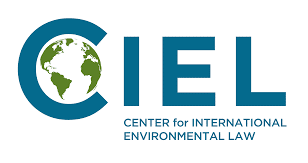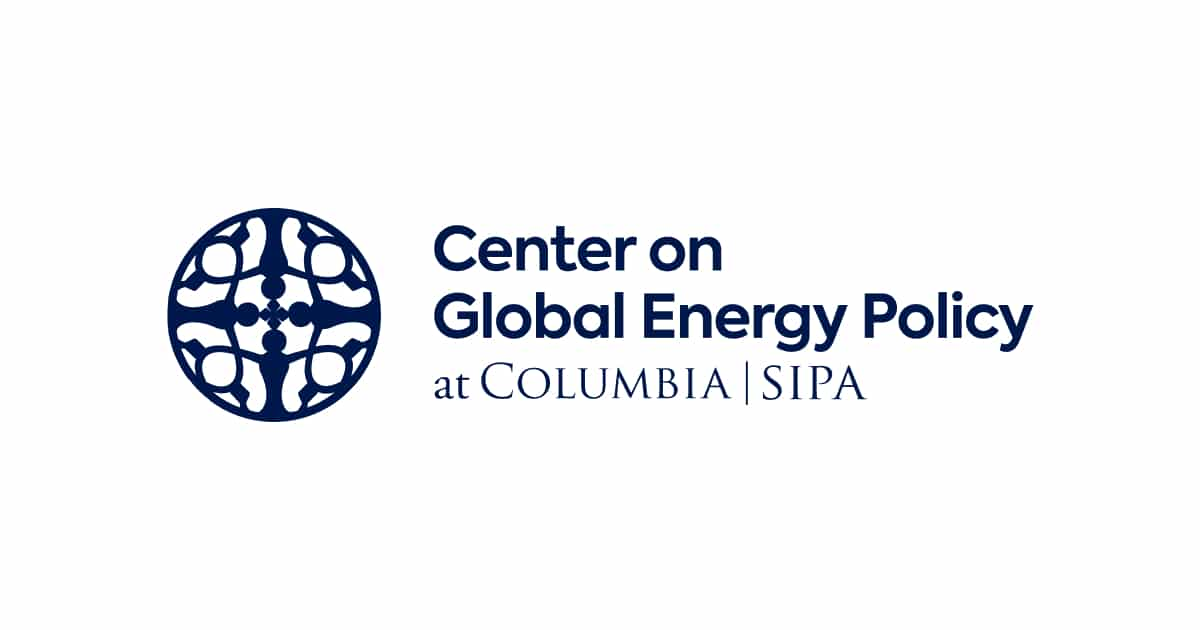A sobering detailed, comprehensive, and richly referenced and illustrated analysis that asserts that, whether measured by its present scale or projected growth, the existing plastic economy is fundamentally inconsistent with the Paris Agreement.
In 2019, the production and incineration of plastic added more than 850 million metric tons of greenhouse gases to the atmosphere. Current plans for plastic production and use will add 1.34 gigatons of greenhouse gas emissions per year by 2030 —equivalent to more than 295 new 500-megawatt coal-fired power plants. By 2050, the cumulation of these greenhouse gas emissions from plastic could reach over 56 gigatons, i.e., 10–13 percent of the entire planet’s remaining carbon budget. the analysis explores the emission impacts of each stage of the plastic production “life cycle”: 1) fossil fuel extraction and transport, 2) plastic refining and manufacture, 3) managing plastic waste, and 4) its ongoing impact in our oceans, waterways, and landscape. The authors make it clear that the concept of “life cycle” doesn’t truly apply to many plastic products because they never go away. The analysis’ methodologies are identified for every unit of research explored. “Estimates in this report should be considered conservative; the greenhouse gas emissions from the plastic lifecycle are almost certainly higher than those calculated.” A number of approaches, e.g., incineration, are dismissed as counterproductive and false solution.
The findings in the chapter on plastics and the environment, with particular emphasis on plastic’s impact on the oceans, are characteristic of the research presented. A brief summary:
- Small pieces of plastic exist across the entire planet, including the deepest area of the ocean. A mix of toxic chemicals that are harmful to humans and animals (persistent organic pollutants) are attached to these plastic pieces. Plastic harms aquatic animals through entanglement and ingestion at all levels of the food chain. Humans ingest the plastic contained in oceanic life.
- In August 2018, a team led by Sarah-Jeanne Royer of the University of Hawaii demonstrated that the exposure of plastic to solar radiation and the slow breakdown, or degradation, of plastic in the environment, is contributing to climate change.
- Weathering processes in the ocean, e.g., biodegradation, thermo-oxidative degradation, thermal degradation, hydrolysis, and solar radiation, breakdown plastic polymers. The exposure of these smaller particles contributes to the production of greenhouse gases. Methane and ethylene off-gassing increase dramatically, e.g., 488 times as much as when LDPE plastic is in pellet form.
- Planktonic communities, made up of phytoplankton and zooplankton, capture carbon dioxide at the surface and transport the carbon to the deep ocean, sequestered away from the atmosphere for centuries. These plankton are ingesting micro- plastic debris with potentially significant impacts on their metabolism, reproductive success, and mortality rates. “Disruptions to the ocean’s ability to absorb CO2 could have a massive impact on increased atmospheric buildup of CO2.”
Recommendations:
A tiered set of recommendations are offered from those that can and ought to be implemented immediately to those that will take take more time. The entire list is included here:
- Stop the production and use of single-use, disposable plastic products.
- Stop new oil, gas, and petrochemical infra- structure.
- Zero-waste systems, including bans on incineration and open burning
- Extended producer responsibility for the circular economy
- Adopt and rigorously enforce ambitious targets for reducing greenhouse gas emissions
- Mandating that gas from wells, pipelines, and facilities be captured rather than flared or vented
- Beach cleanups and river controls
- Recycling ocean plastic
- Maximize energy efficiency throughout the plastic supply chain
- Modern landfilling
Each is assessed in terms of five criteria: a) impact on emissions, b) effectiveness as a lifecycle approach to plastic production and pollution; c) potential consequences on the ability to achieve other social and environmental goals, such as cleaner water; d) feasibility and readiness of the solution; and e) scalability and affordability.




